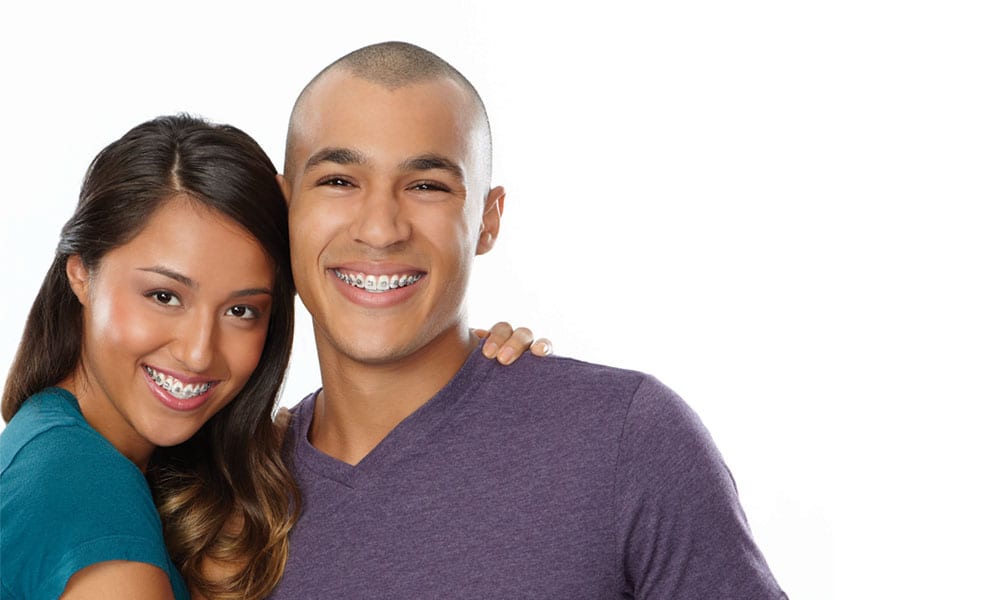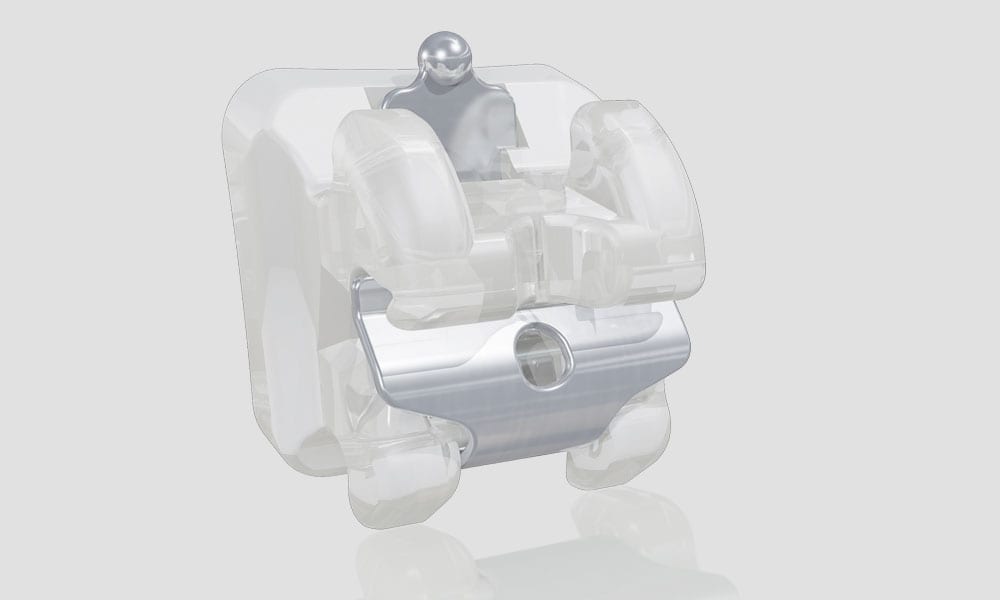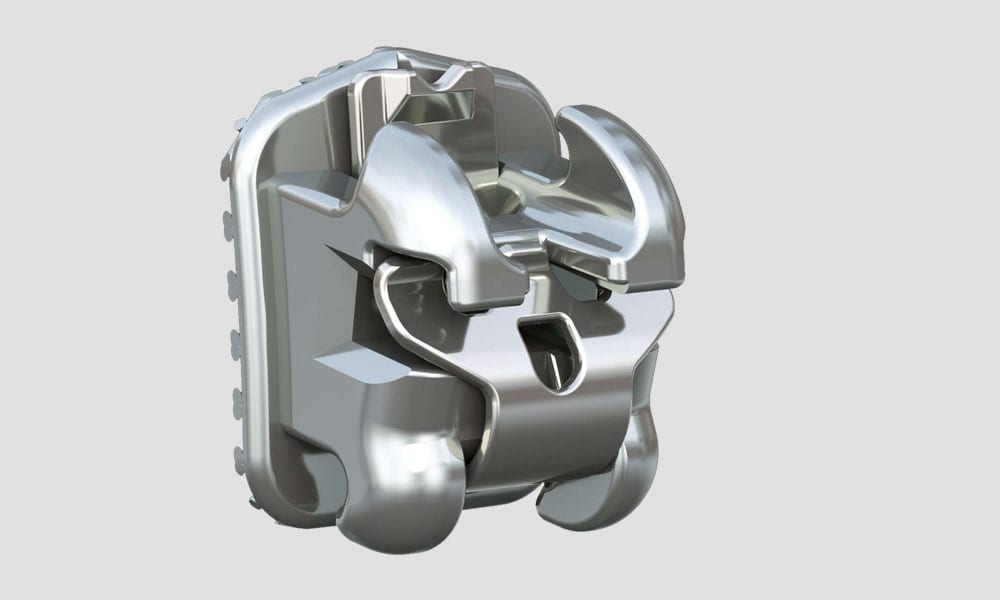
The American Association of Orthodontists recommends that the initial orthodontic evaluation should occur at the first sign of orthodontic problems or no later than age 7. At this early age, orthodontic treatment may not be necessary, but an examination can anticipate the most advantageous time to start treatment.
Early evaluation provides both timely detection of problems and greater opportunity for more effective treatment. Prudent intervention guides growth and development, preventing serious problems later. When orthodontic intervention is not necessary, Dr. Glovsky can carefully monitor growth and development and begin treatment when it is ideal.
Interceptive treatment is treatment that begins when the patient has some baby teeth present.
Some of the most direct results of interceptive treatment are:
According to studies by the American Association of Orthodontists, untreated malocclusions can result in a variety of problems:
Ultimately, orthodontics does more than make a pretty smile – it creates a healthier you.
By the age of 7, the first adult molars erupt, establishing the back bite. During this time, an orthodontist can evaluate front-to-back and side-to-side tooth relationships. For example, the presence of erupting incisors can indicate possible overbite, open bite, crowding or gummy smiles. Timely screening increases the chances for a healthy, beautiful smile.
Orthodontics is not merely for improving the aesthetics of the smile; orthodontic treatment improves bad bites (malocclusions). Malocclusions occur as a result of tooth or jaw misalignment. Malocclusions affect the way you smile, chew, clean your teeth or feel about your smile.
Between the ages of 11 and 15 is the most common time for comprehensive orthodontic treatment. Age 12, most if not all of the permanent teeth have erupted and are in place, and crooked teeth, gaps and bad bites can easily be evaluated and treated.
Children at this age are growing rapidly, and Dr. Glovsky can often take advantage of these growth spurts to help shape the bite and teeth correctly.
If you think that braces are only for children and teenagers, think again. More and more adults are seeking orthodontic treatment to give them smiles that improve their confidence and their health. As long as you have healthy gums and bone structure, you can be a candidate to receive adult braces at our practice.
Braces can reduce your risk of gum disease, tooth loss, TMJ/TMD, and even larger health problems, such as those affecting the cardiovascular system.
When you visit our office, we will be able to provide you with an individualized treatment plan that is designed to meet your specific needs and tailored for your comfort. It is never too late to get the smile you deserve.
Empower is a series of "self-ligating" bracket system made in the USA by American Orthodontics. Self-ligating braces offer several benefits for patients. They use a "self-ligation" mechanism, as opposed to the "colored rubber bands", to keep the arch wire fully engaged into the bracket slot.
This maximizes the efficiency and effectiveness of the arch wire. Here at Glovsky Orthodontics we exclusively use these high technology braces. Self-ligating braces offer several advantages such as:
Retention is the final part of your orthodontic treatment. When braces are removed it is natural for teeth to shift. Patients are instructed to wear retainers to help prevent shifting. If the instructions for the retainers are not followed, teeth will move. Teeth may feel sore for the first few days of retainer wear. Over the counter medicine may be taken to relieve discomfort. The final orthodontic result depends on diligent retainer wear so be sure to follow through with the instructions given.
Removable retainers are worn and are taken out to eat and brush. This means you will also sleep in the retainer at night. When your retainer is not in your mouth keep it in your retainer case at all times!!
Your lower retainer is bonded to several lower teeth. If it feels loose with your tongue or if you see a tooth get out of line, call us for an appointment.























